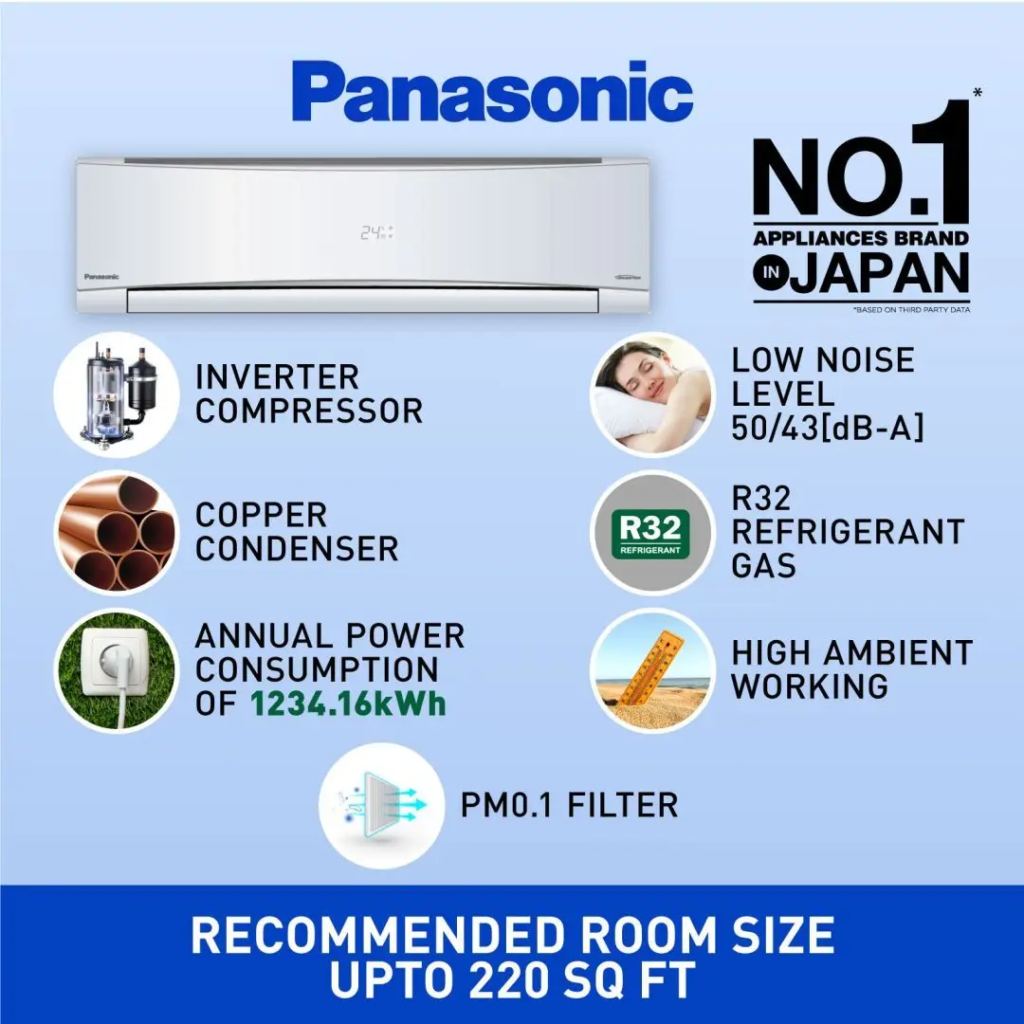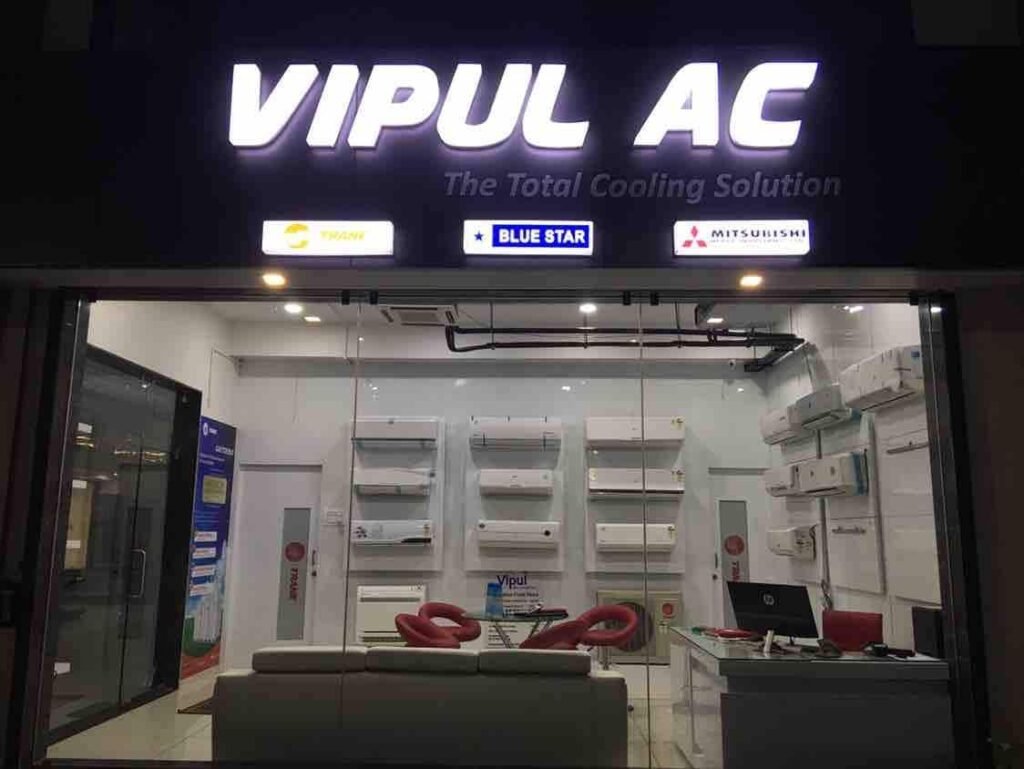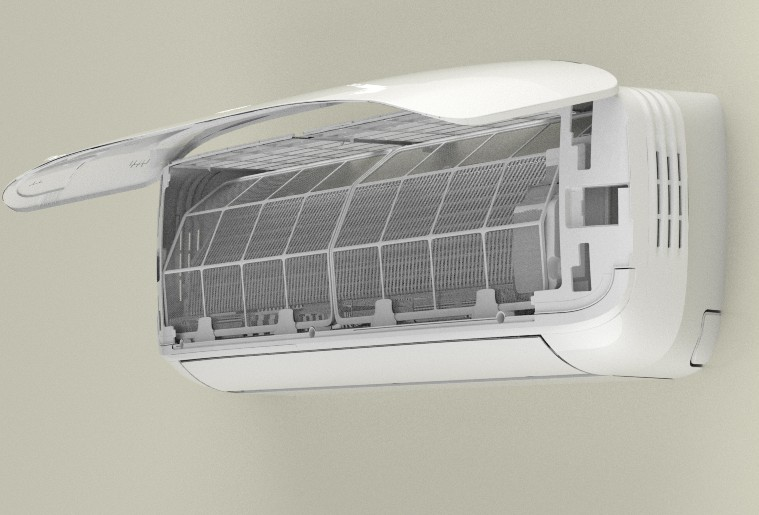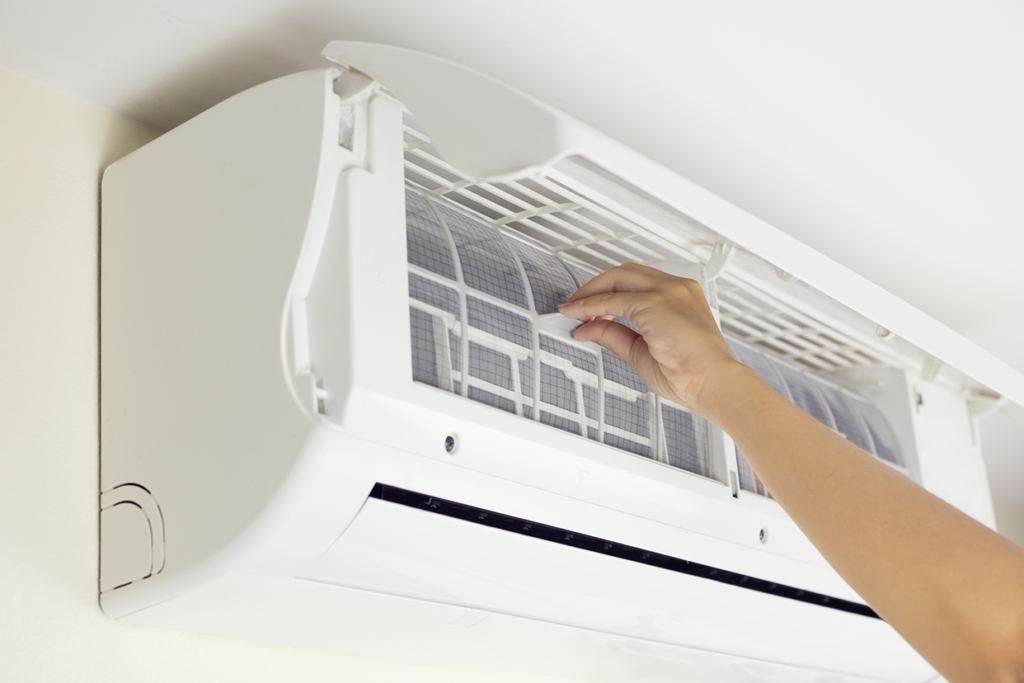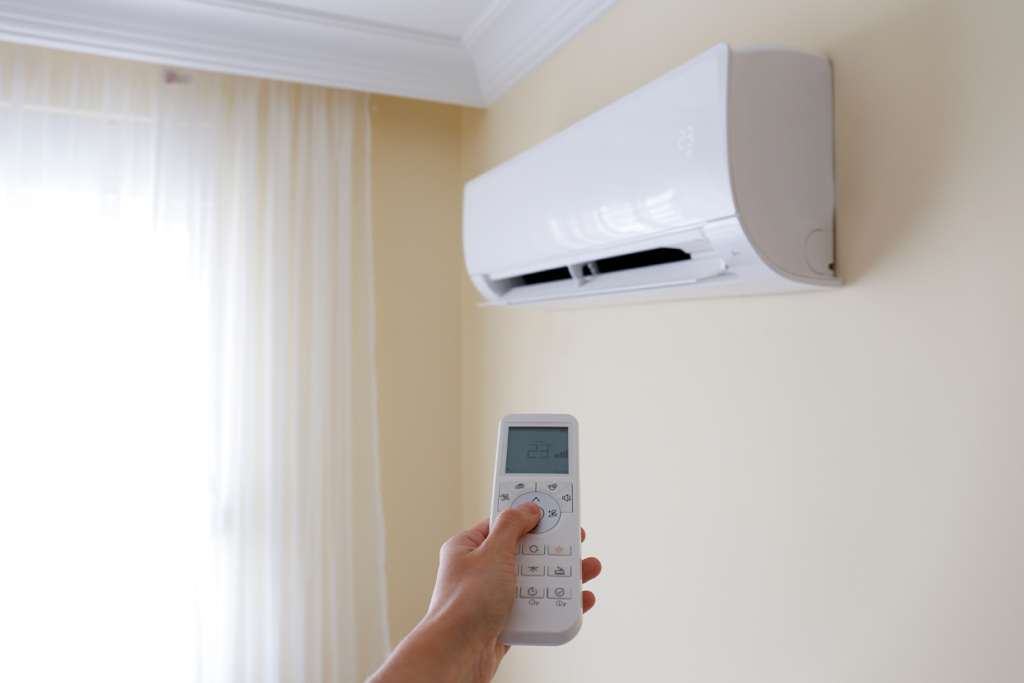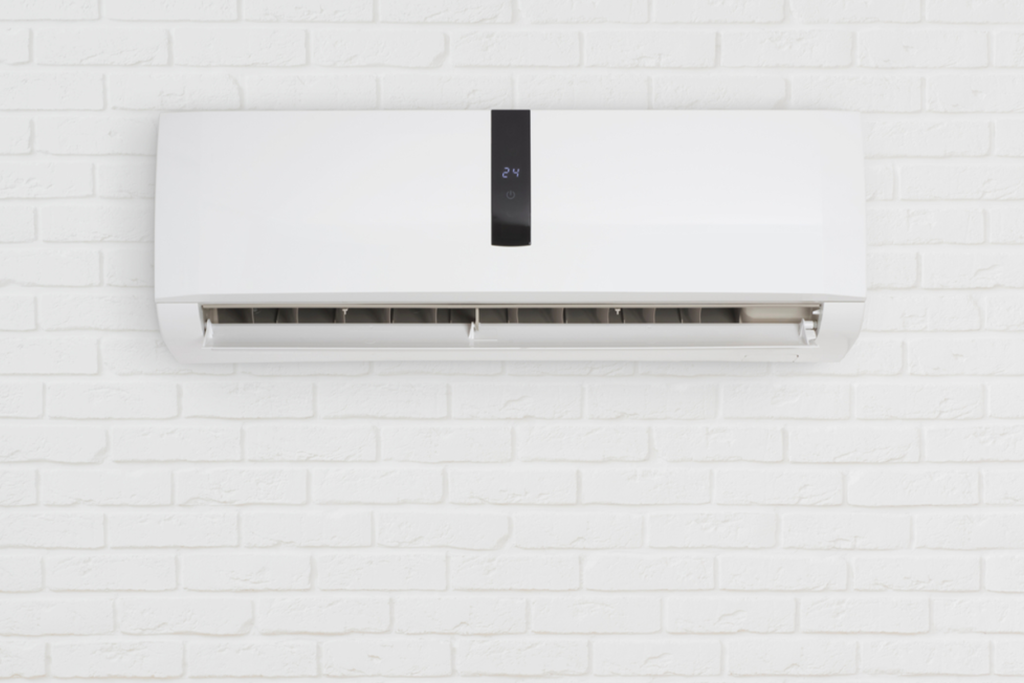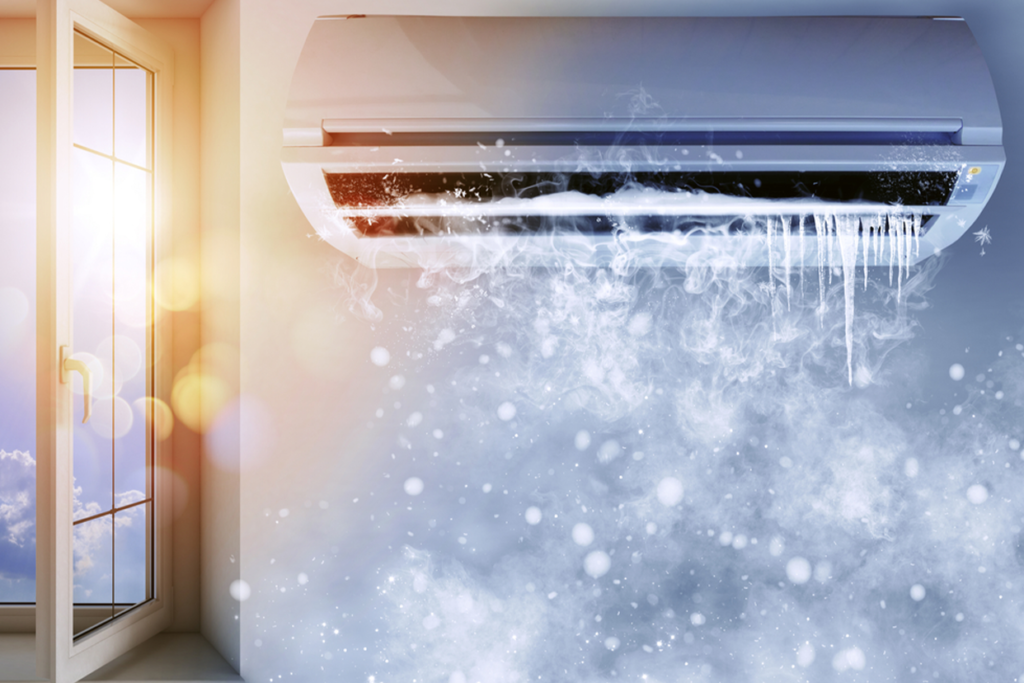4-Way Cassette AC
One way Cassette Ac
Which star AC is best for home in INDIA?
Can we clean AC by ourselves?
How often should one service an AC?
Does an AC need a stabiliser?
Inverter AC or 5-star AC: What is better?
How AC Works
An air conditioner works by removing heat and moisture from the air inside a building or a room, resulting in a cooler and more comfortable environment. The primary components of an air conditioner include a compressor, condenser, expansion valve, and evaporator. Here's a simplified explanation of how an air conditioner works:
- Refrigerant circulation: The air conditioning process begins with a refrigerant, a chemical substance with properties that allow it to absorb and release heat efficiently. The refrigerant starts in a gaseous state and is compressed by the compressor, increasing its temperature and pressure.
- Heat release: The high-pressure, high-temperature refrigerant then flows into the condenser, which is located in the outdoor unit of the air conditioner. The condenser dissipates heat from the refrigerant to the surrounding environment, typically through metal fins and a fan. As a result, the refrigerant undergoes a phase change, converting into a high-pressure liquid.
- Expansion valve: The high-pressure liquid refrigerant moves into the expansion valve, a small device that restricts its flow. This causes a drop in pressure, allowing the refrigerant to expand and cool down rapidly.
- Evaporator coil: The cooled refrigerant enters the evaporator coil, typically located in the indoor unit of the air conditioner. The evaporator coil is designed with many tiny metal fins to increase its surface area. Air from the room is drawn over the fins by a fan.
- Heat absorption: As the warm room air passes over the cold evaporator coil, the refrigerant inside the coil absorbs the heat from the air. This heat transfer process cools down the air and removes moisture, resulting in dehumidification. The refrigerant, in turn, evaporates into a low-pressure gas.
- Compressor and repeat: The low-pressure gas refrigerant is then drawn back into the compressor, starting the process again. The compressor raises the pressure and temperature of the gas, preparing it for the condensation and heat release in the outdoor unit.
- Air distribution: The cooled and dehumidified air from the evaporator is distributed back into the room through vents or ducts, creating a comfortable indoor environment.
This cycle continues until the desired temperature is reached or the thermostat signals the air conditioner to turn off. By continuously cycling refrigerant between the indoor and outdoor units, an air conditioner can efficiently cool the air inside a space while removing excess heat and moisture.


